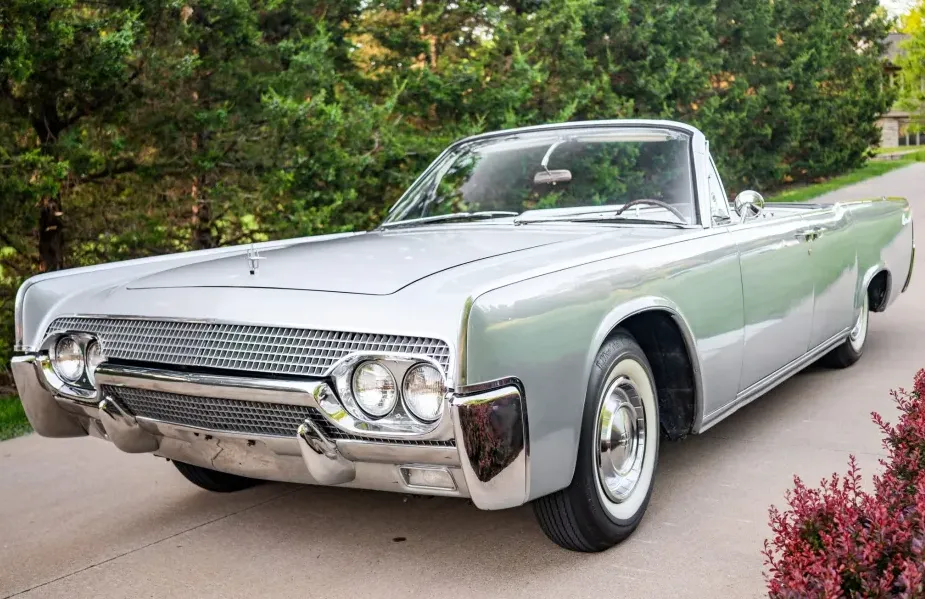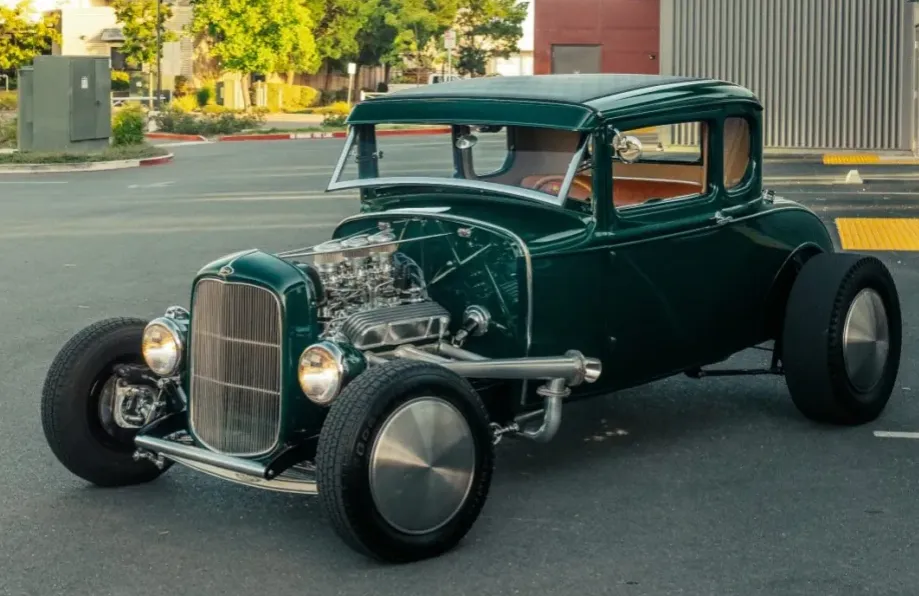The 1951 Ford COE (Cab-Over-Engine) truck is a significant and iconic vehicle in the history of American automotive engineering. Known for its distinctive design and utilitarian functionality, the 1951 Ford COE remains a beloved classic among truck enthusiasts and collectors.
Design and Features

The 1951 Ford COE truck featured a cab-over-engine design, which means the cab was positioned over the engine. This design allowed for a shorter wheelbase, improving maneuverability and providing a better turning radius, which was particularly useful for commercial applications and urban driving. The front of the truck was characterized by a prominent grille and round headlights, giving it a robust and sturdy appearance. The cab itself was relatively compact but provided sufficient space for the driver and a passenger, with a simple yet functional interior designed for utility rather than luxury.
Engine and Performance

Under the hood, the 1951 Ford COE was typically equipped with a flathead V8 engine, a hallmark of Ford vehicles of that era. This engine was known for its reliability and durability, making it suitable for heavy-duty work. The flathead V8 produced adequate power for hauling and towing, meeting the demands of various commercial and industrial uses. The engine was paired with a manual transmission, which was standard for trucks of that period. The combination of the V8 engine and manual transmission provided a robust and dependable performance, essential for the truck’s intended workhorse role.
Commercial Use and Versatility

The 1951 Ford COE was highly versatile and found use in a wide range of commercial applications. It was commonly employed as a delivery truck, tow truck, and even as a basis for specialized vehicles like fire trucks and buses.

The cab-over-engine design maximized the usable length of the truck’s chassis, allowing for larger cargo areas or specialized equipment mounts. This versatility made the COE a popular choice for businesses requiring reliable and adaptable transportation solutions.
Cultural and Historical Significance

The 1951 Ford COE holds a special place in American automotive history. It represents an era when trucks were designed primarily for functionality and durability, reflecting the post-World War II economic boom and the growing demand for commercial vehicles. The COE's distinctive design and rugged build have made it a sought-after model among vintage truck collectors and restorers. Many enthusiasts appreciate the COE not only for its historical significance but also for its unique aesthetic appeal, which stands out in any classic vehicle collection.
Restoration and Collectibility

Today, the 1951 Ford COE is a prized collector’s item. Restored models can be found at car shows and classic vehicle auctions, often commanding high prices due to their rarity and iconic status. Restoration projects typically involve extensive work, as finding original parts can be challenging. However, the end result is a beautifully restored piece of automotive history that captures the essence of mid-20th century American truck design.

In conclusion, the 1951 Ford COE truck is a notable example of American automotive engineering. Its distinctive cab-over-engine design, robust performance, and versatile applications made it a valuable asset in the commercial sector during its time. Today, it stands as a cherished classic, celebrated for its historical significance and unique design.



